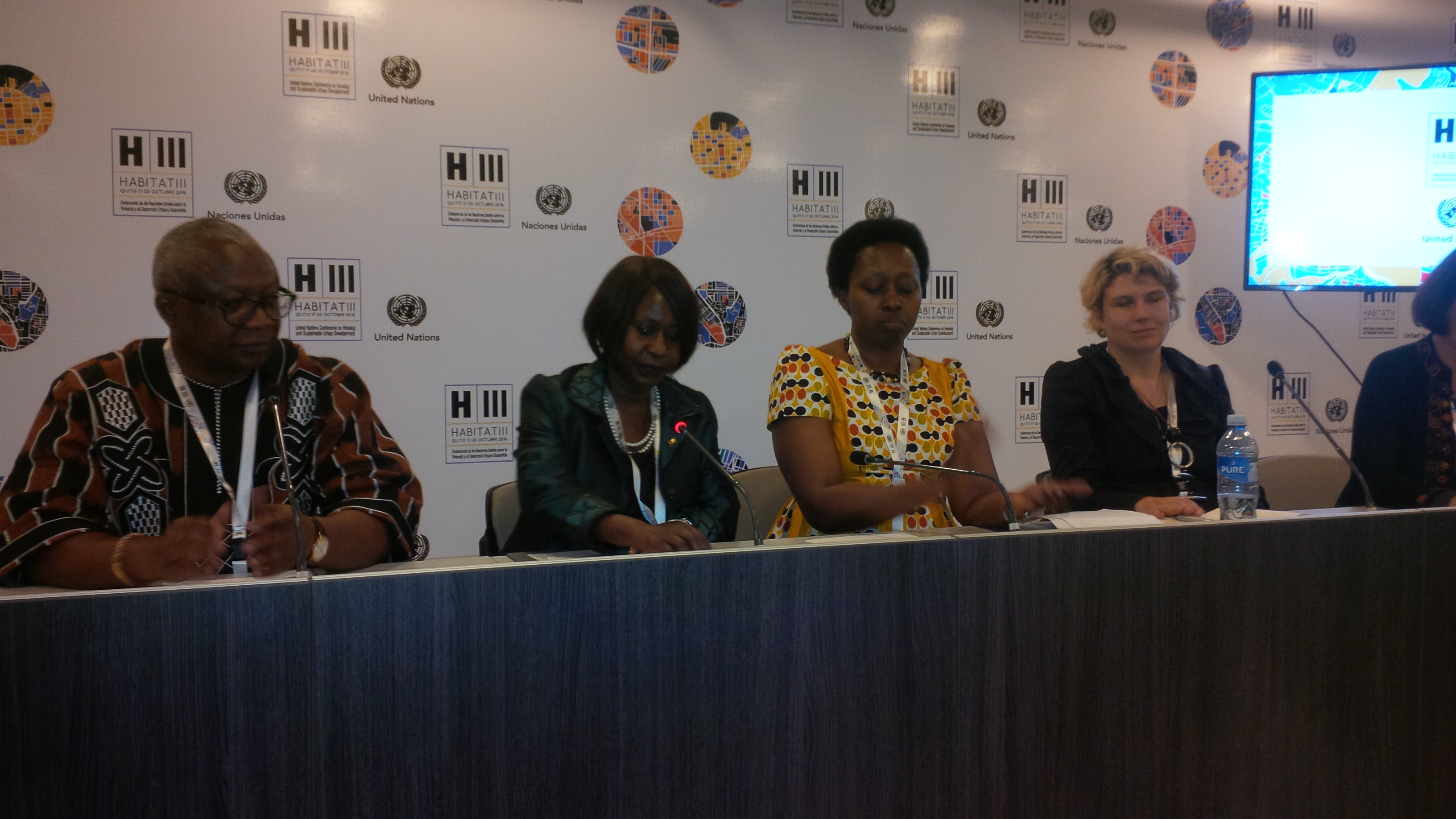By Albert Mwangeka
QUITO, ECUADOR: Kenyan capital Nairobi seems to be on the fast track in achieving Sustainable Development Goals SDG 11 after it was named one of the 100 resilient cities in the world, experts say.
“Despite the challenges we face Nairobi has made tremendous efforts to offer services because most of Nairobi’s population live in informal settlements. The government needs to be given credit for focusing on providing services to the largest number of Kenyans living in Nairobi,” Said Prof. Judy Wakhungu, Head of the Kenyan Delegation at the Habitat III in Quito, Ecuador.
Rockefeller Foundation’s 100 Resilient Cities told Baraka FM that being resilient would mean that a city stays focused during good and tumultuous times and striving to be better.
“Nairobi is at the beginning of the resilience process. We announced Nairobi as resilient in May this year and we will have a big engagement with the city in December. That process would mean bringing a variety of people from the city to get a better sense of what the challenges are,” Maxwell Young, the Global Vice President Marketing and Communication of 100 Resilient Cities remarked.
Young said that when choosing the 100 cities, they picked cities they believed had a strong leadership process and would reach out to their populations.
Meanwhile Kenya has announced the embracement of the New Urban Agenda through encouraging a participatory approach in slum upgrading.
“This is important because one of the challenges we will face in future as Kenya is the problem of urban settlement, not only in the main cities, but in the secondary cities,” said Prof. Wakhungu who is also the Cabinet Secretary for Environment and Natural Resources.
Prof. Wakhungu said that population pressure is catching up with the country and mitigations need to be carried out in managing the urban populace.
“Our urban population is growing at 4.3 percent .That is extremely high. That means that in 2050 more than half of Kenyan’s population is going to be urban. If you look at the reality today we have unplanned settlements in our cities,” she said.
“We have inadequate housing, our services are overstretched. And urban poverty is a reality we have to face. If we do not deal with these problems now, then the future is very bleak.”
In a previous separate interview National Council of Population and Development, Deputy Director Peter Arisi, said that for sustainable development Kenya needed to have a smaller growth rate.
“In order to eradicate poverty and have a world without slums, we now bring the New Urban Agenda. This will help to plan for urbanization as people keep migrating to towns and cities. We need to utilize this political commitment, and turn into reality a situation whereby there are no shanties,” said Dr. Aisa Kacyira, the Assistant Secretary General, UN Habitat.
In 2015 United Nations Member States embraced the SDGs and Goal 11 agrees that the members’ cities and human settlements be made inclusive, safe, resilient and sustainable by 2030.
“Target one of goal 11 says that by 2030 we ensure access for all, to adequate, safe and affordable housing and basic services for all .The target also advocates towards slum upgrading,” Dr. Kacyira concluded.














